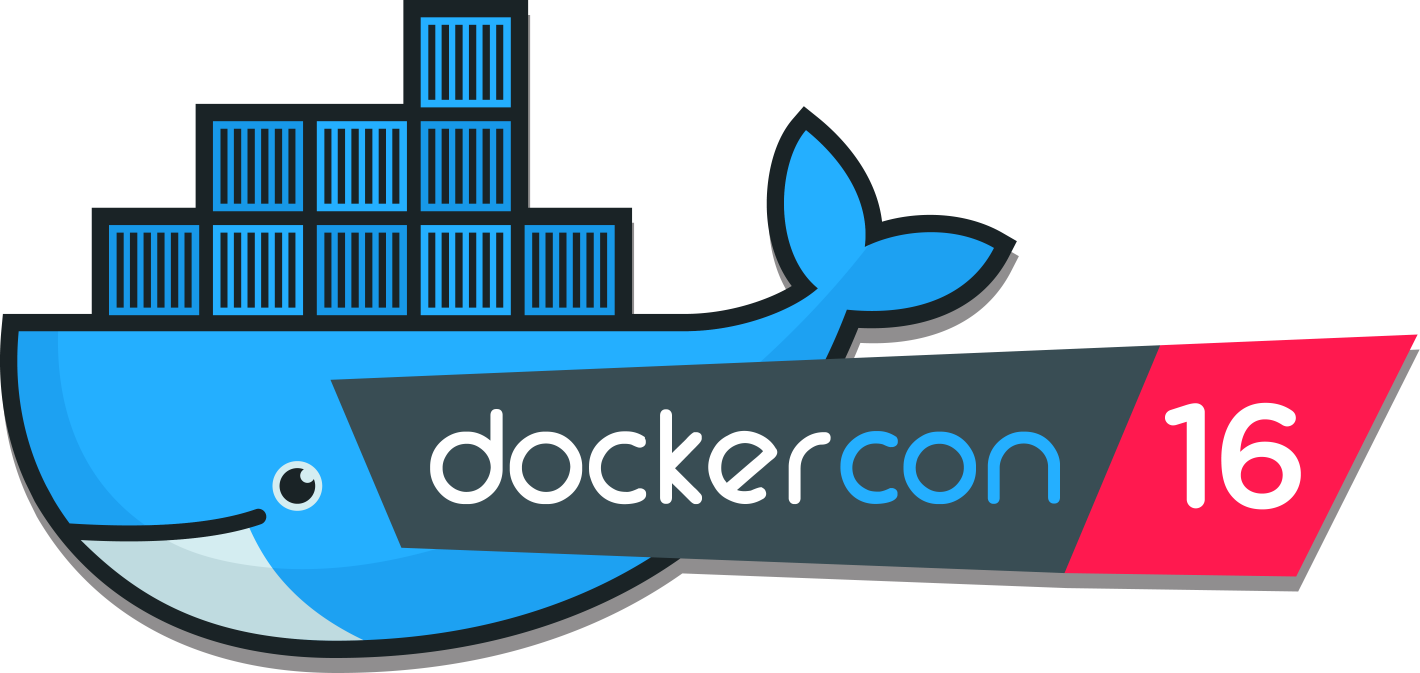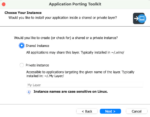
DockerCon ended in Seattle after three days of nearly nonstop container-related announcements. At the core of the show was the Docker 1.12 release, bringing with it better cross-container orchestration and management. Yet while Docker was announcing its own plans for the future, IBM, Microsoft and others were discussing their own ideas for Linux containers.
Solomon Hykes, founder and CTO of Docker, spoke at the conference about his company’s vision for the management of distributed applications within a cluster of containers. “Orchestration is at the same stage today as containerization was before Docker,” he said. “You either need an army of experts to build it, or you lock yourself to a monolithic platform which will drastically reduce your choice of suppliers. Three years ago we brought containerization into the mainstream by making it usable for non-experts, without lock-in. We think it’s time to do the same for orchestration. This is a necessary step for the industry to move forward, and as the leaders of the containerization market, it’s our responsibility to lead this change.”
To this end, Hykes and the Docker team have focused on simplifying the process of creating groups of Docker Engines with Docker 1.12. This version also includes a new service deployment API, which allows developers to describe and scale their applications with simple commands.
Docker also introduced a new set of beta projects bringing Docker to Mac and Windows for on-desktop testing purposes. Specific Docker versions for AWS and Azure are also now available in a private beta.
Al Hilwa, program director for software development research at IDC, wrote in an e-mail to SD Times, “This represents Docker’s focus on continuing to build on its hugely successful container technology and to grab the mindshare back from other platforms like Kubernetes and Mesos, which have been generating a great deal of excitement in various parts of the ecosystem. Here Docker integrates orchestration technology into its engine with an advanced set of attributes highlighting scale, security and adaptation to workloads.”
Todd Moore, vice president of open technology at IBM, said that Docker is pushing its management and control systems as the way forward, despite the rise of other systems like Kubernetes and Mesos. “Docker donated their runC code to the Open Container Project [at the Linux Foundation]. We’ve worked together to get specifications for that. We’ve seen Cloud Foundry adopt runC as the official container underneath its platform. While we have different ways of deploying and managing, we’re starting to see the basics of containers, such as ‘how to define them,’ coming together.”
Others at the party
Docker was far from the only company at DockerCon touting management and operations-level container services. Startups from around the software ecosystem were also announcing new container-based support for their products. ContainerX launched a multi-tenant container platform just before the show, as did Platform9, which announced managed Kubernetes-based container support for its managed OpenStack offerings.
The container news was not limited to small startups, either. IBM was specifically interested in turning containers towards the problems presented by the Internet of Things. The company introduced a new NPM module to provide a JavaScript client library for the OpenWhisk REST APIs.
OpenWhisk is an event-driven, serverless distributed compute service that can execute functions when triggered. The service is designed for use with IoT technology, as the event-driven model and container-based architecture allows for dynamic and easily scalable systems.
OpenWhisk is coupled with Node-RED, a tool IBM has been working on for some time as a path towards drag-and-drop event driven programming. Node-RED is an open-source tool for building event-driven applications with quick and easy flowchart-like modeling, specifically targeted at rapid prototyping of IoT controls and functions.
Andrew Hately, CTO of IBM Cloud Labs, said that Node-RED is “starting to address the scale people were hitting. There were users of technology like Node-RED who had to build their own messaging infrastructure to deal with the scale of device messages they’d receive. This is just standard stuff people need to build an event-based network, and [yesterday’s announcement] makes it simpler for people doing this at scale with this model and these packages.
“People don’t have to worry about the scale of the messages from their platform, and the OpenWhisk stuff takes care of the scaling up and down of the event handlers that are needed,” said Hately, adding that all of this is enabled through the platform’s use of containers underneath.
Microsoft has been cozying up to Docker for some time, and the announcement of a beta version of the Docker Engine being worked on for Microsoft Azure was just one of the Docker-based announcements made by the company at the show.
Docker Datacenter is now available in the Azure marketplace, offering container-management and deployment services to enterprise users. This new set of services is also compatible with Azure Stack on premises, meaning enterprises can use it to migrate workloads from their private on-premise Azure-compatible cloud to the full public Azure cloud quickly.
Microsoft’s Operations Management Suite now supports containers on both public and private Azure as well. Finally, Microsoft announced that as of yesterday, customers may now get Microsoft SQL Server on Linux on Ubuntu as a Docker image.






